Tiree Tech Wave
This case study involved developing and using the creativity framework RePlay, during a retreat for academics, designers and artists, called the Tiree Tech Wave. The study was conducted as a workshop in a community center during the retreat and involved about 11 participants. Below is an image of all of the participants as well as brief bio.
Participants: Alessio Malizia – Alessio Malizia is Senior Lecturer at the Department of Information Systems and Computing, Brunel University, London, UK. The project he worked on while at the Tech Wave was about creating mobile touch surfaces. HelenPritchard – PhD Candidate at HighWire DTC, Researcher at School of Creative Media, City University of Hong Kong and Associate Lecturer at Plymouth University. While at the Tech Wave she was busy tinkering with audrino and cows. ClaireAndrews – Researcher at Cardiff Metropolitan University (formerly UWIC) and interested in the design of assistive products. ClareHooper – Research Engineer at IT Innovation CentreSouthampton, United Kingdom Information Technology and Service investigating creativity, innovation and a sprinkling of SemWeb. MagnusLawrie – Magnus Lawrie is a graduate student at Edinburgh College of Art and the recipient of the ELMCIP PhD Studentship Award. He is undertaking practice-based research involving Electronic Literature. Steve Gill – Steve is a product designer with 18 years experience in industry and academia. He has designed or product managed around 50 products to market and has published 35+ academic journal and conference papers. Graham Dean – ex-computer science lecturer, ex-businessman, and current student and auto-ethnographer of maker-culture. Steve Foreshaw - Stephen is an award winning designer (RSA Sony Award) a Fellow of RSA at Royal Society of Arts, who is passionate about creativity and innovation:- an experiences consultant and lecturer of: Past, present and future technological trends & new markets. Matjaz Kljun – PhD in Personal Information Management under supervision of Alan Dix and John MarianiAlan Dix – is a British author and university professor, specialising in human-computer interaction. He is one of the four co-authors of the university level textbook Human-Computer Interaction.[1]
Results from this study were later utilized to structure a second study later at TEI (Tangible Embodied Interactions) conference in Kingston, Canada. Two RePlay sessions were held, as informal aprox 2 hour workshops during the Tech wave in Tiree. Both sessions were video recorded and afterwards participants were asked to fill in a TAPT feedback form developed as part of Clare Hopper's PhD. Teasing Apart, Piecing Together (TAPT) was developed to redesign experiences for new contexts. It falls into two phases, Teasing Apart (experience analysis) and Piecing Together (experience redesign). Teasing Apart helps gain insights into subjective experiences. It involves:
- Briefly describe the experience.
- List the ‘surface elements of the experience.
- List ‘experienced effects’.These are physical, social, intellectual and emotional.
- Identify effects that seem especially important, unique or key.
- Describe the abstracted experience in a neutral sentence.
Key Observations
We observed and documented qualitatively some of the experiences that occurred during a RePlay session and related this to literature regarding design and creative process. One key finding was the relationship between participants experiences and what is known about the concept of flow in creative process. Flow is a type of focused motivation characterized by single-minded immersion. When in a state of flow, emotions are positively energized and aligned with the task [csi]: it is informally described as being “in the zone”. Creativity researcher Pablo Romero describes flow as:
- Clear balance between challenges and skills
- Clear Goals
- Immediate feedback
- Intense concentration
- Merging of action and awareness
- Loss of self-consciousness
- Sense of control
- Time distortion
- Experiencing the activity as intrinsically rewarding
Participants conducting a RePlay at the Tiree Tech Wave
As creativity researchers have previously noted conducting flow research is hard because flow is an illusive, ephemeral phenomenon. Current flow research has addressed individuals but not groups engaged in flow. For us this was such a unique finding for us to be able to document qualitatively flow given its ephemeral nature, and not only this but also to have been able to successful capture it as part of a group setting. Given our observations with TAPT. Flow seems to be both acharacteristic of improvisational creativity and RePlay.
The first workshop involved use cases and scenarios for trigger objects. Participants acted scenes intended to encourage designerly ways of thinking and creativity in action. The second workshop included similar warm-up exercises, focused on abstract aspects such as bodily awareness. Participants did a design mapping exercise, walking through a creative process (based on Wallas’ four-phase model [x]), making physical movements that embodied each phase. They made tableaus of each phase and were asked about their relationship with the phase. Their movements were used to create design machines representing their activities. This increased participant awareness of their creative processes, and where and why they struggle with – or enjoyed – particular phases. In the next exercise, a participant volunteered a design problem (building an electronic publishing system). He described his system and acted as director, allocating to participants the role of playing parts of his system.After the sessions, participants completed TAPT forms about their experiences. Below are images of myself and some of the other participants with some of our trigger objects.
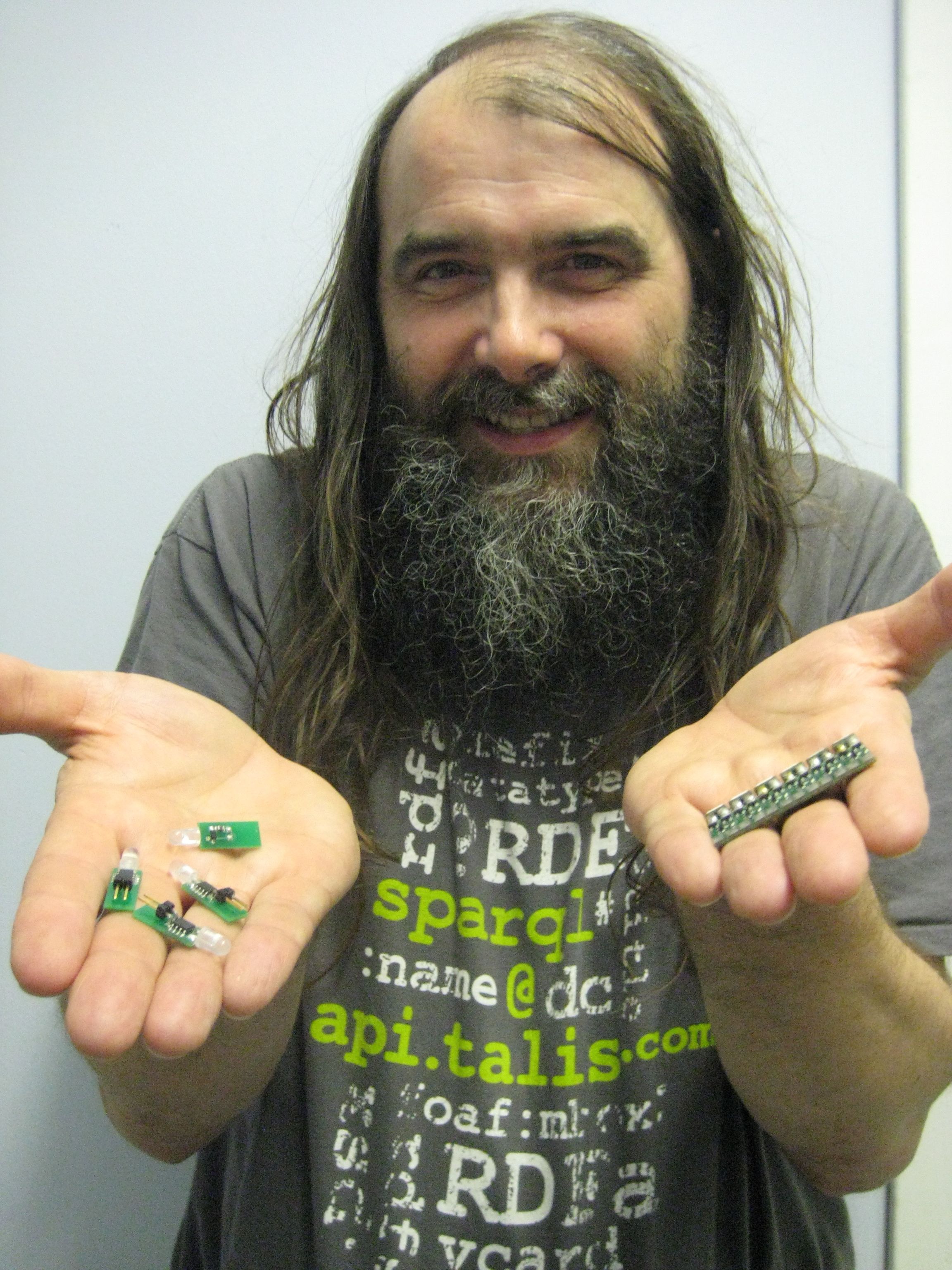
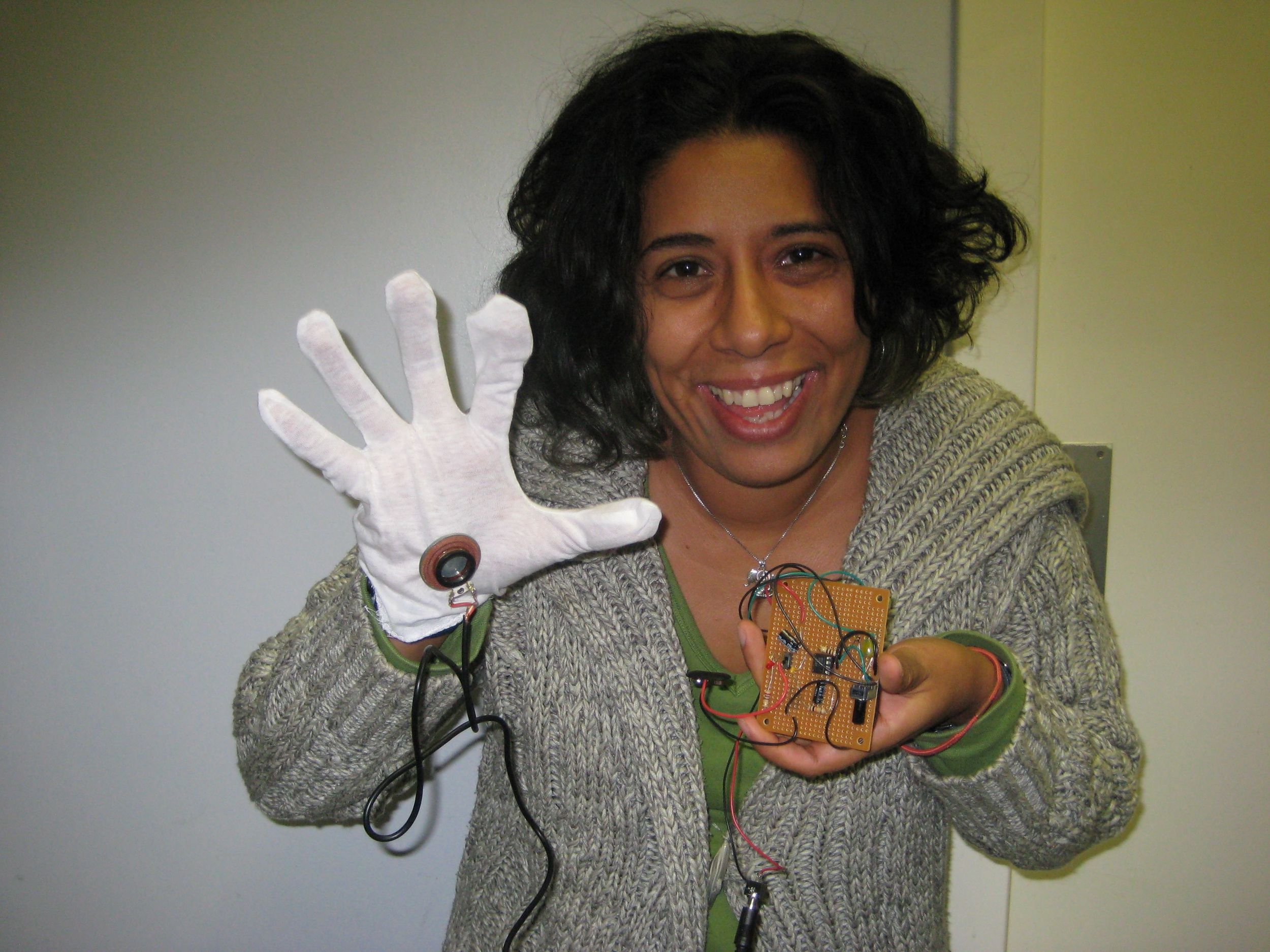
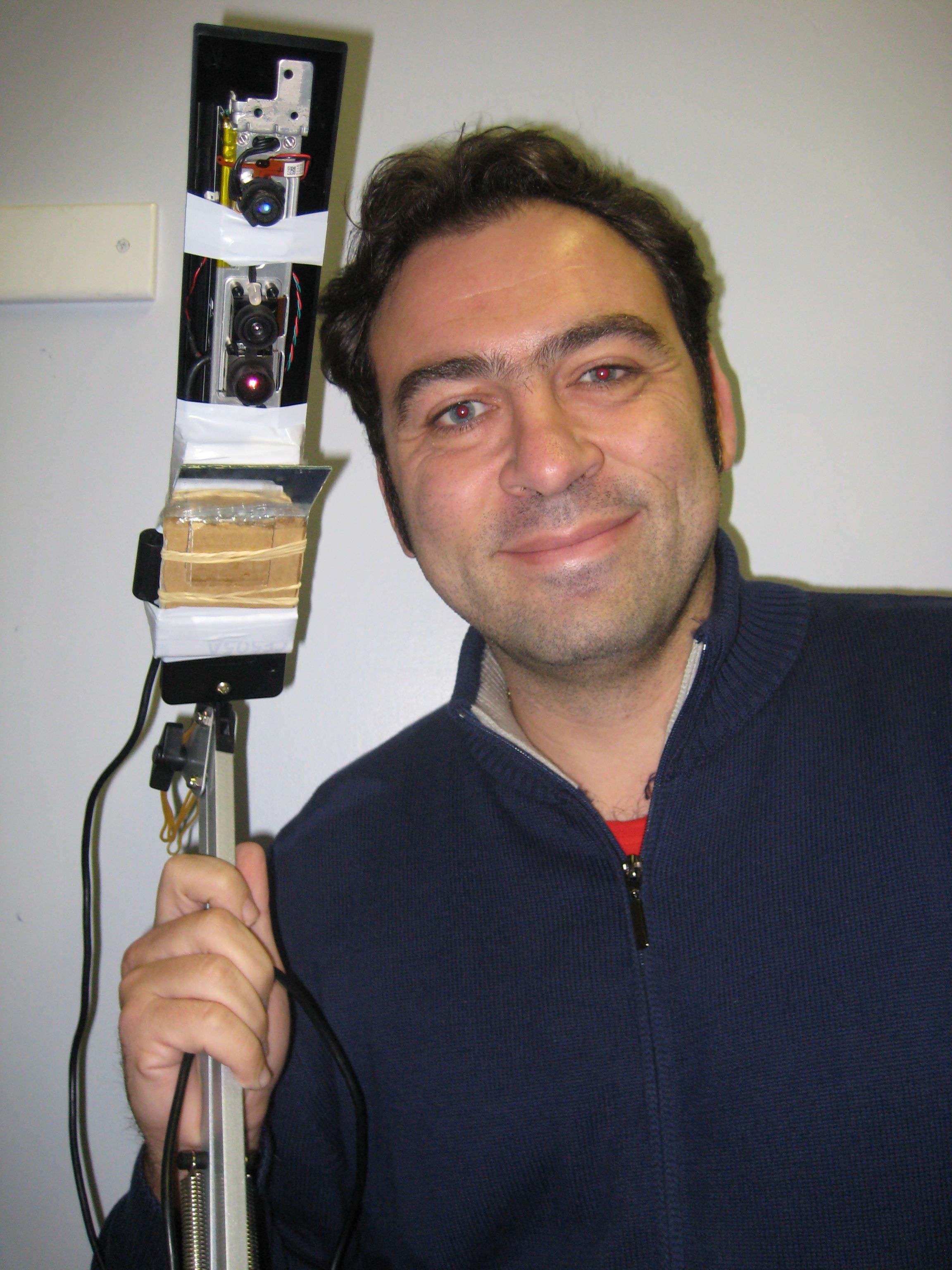
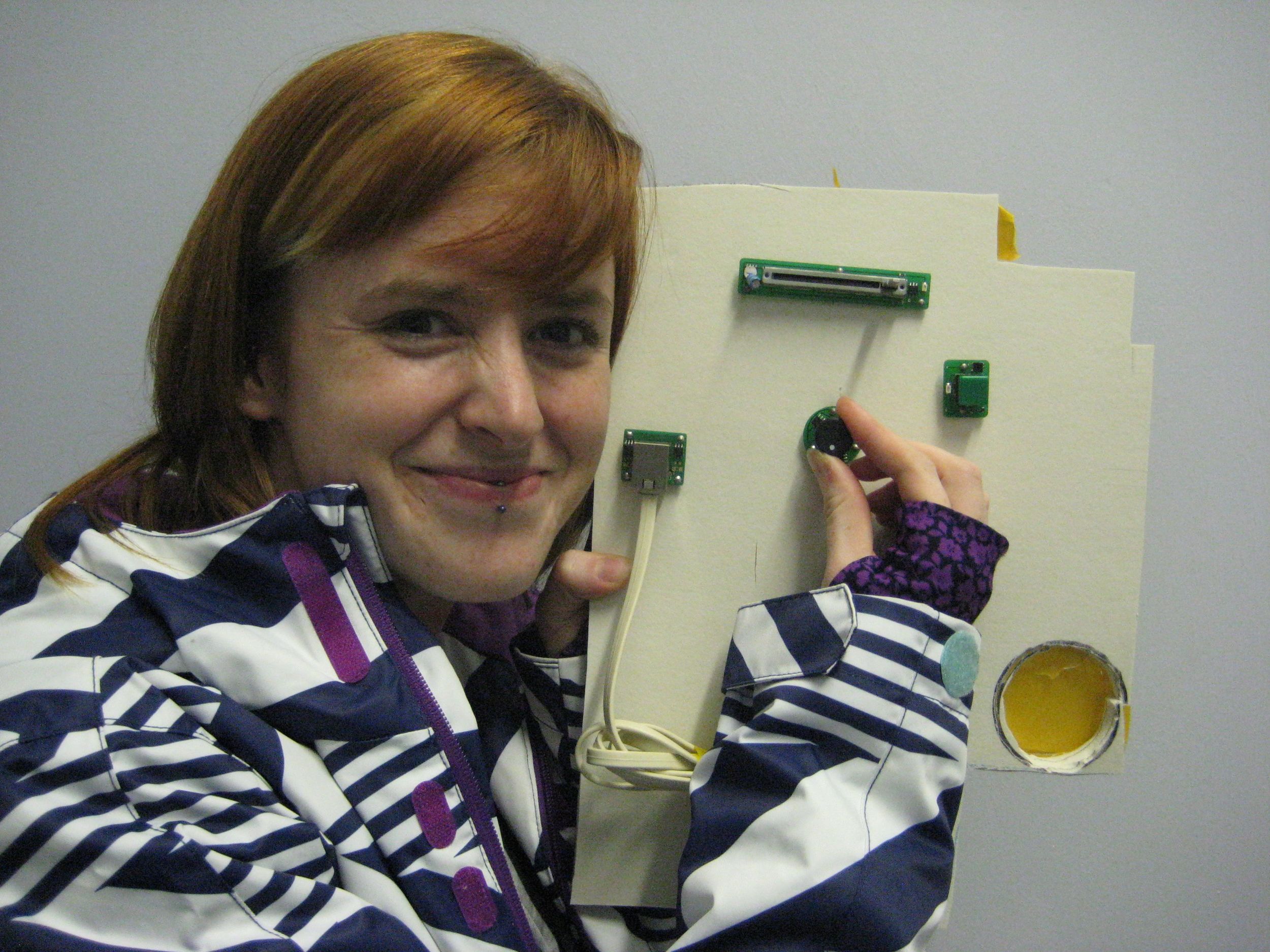
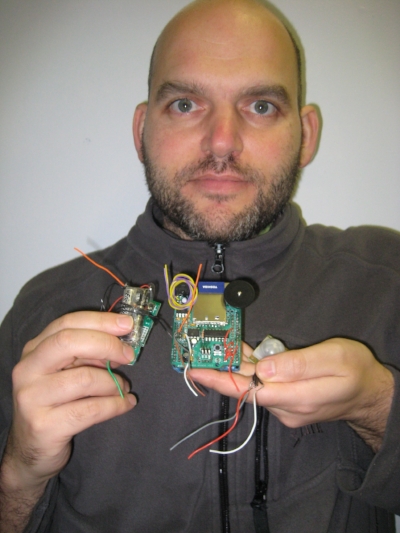
CONCLUSION
Our TAPT evaluations provided early evidence of a correlation between RePlay sessions and flow. The participants found their fellows and the stage important; they reported a high energy state, as well as anxiety and excitement; time flowed more quickly for them, and some participants reported reflection and increased understanding after the activity. All of which are characteristics of flow states. Given that RePlay involves bodily externalizations: this confirms that physical externalizations can have positive effects on the design process, by helping designers encourage presence as part of their process. Use of improvisational creativity helps designers remain in a creative (not evaluative) state of mind, and via supporting a participatory, embodied co-design process. Given the results and obervations via TAPT RePlay offers the benefits of increased awareness, improvisational creativity, divergent and associative thinking, reflection, flow and group mind.
